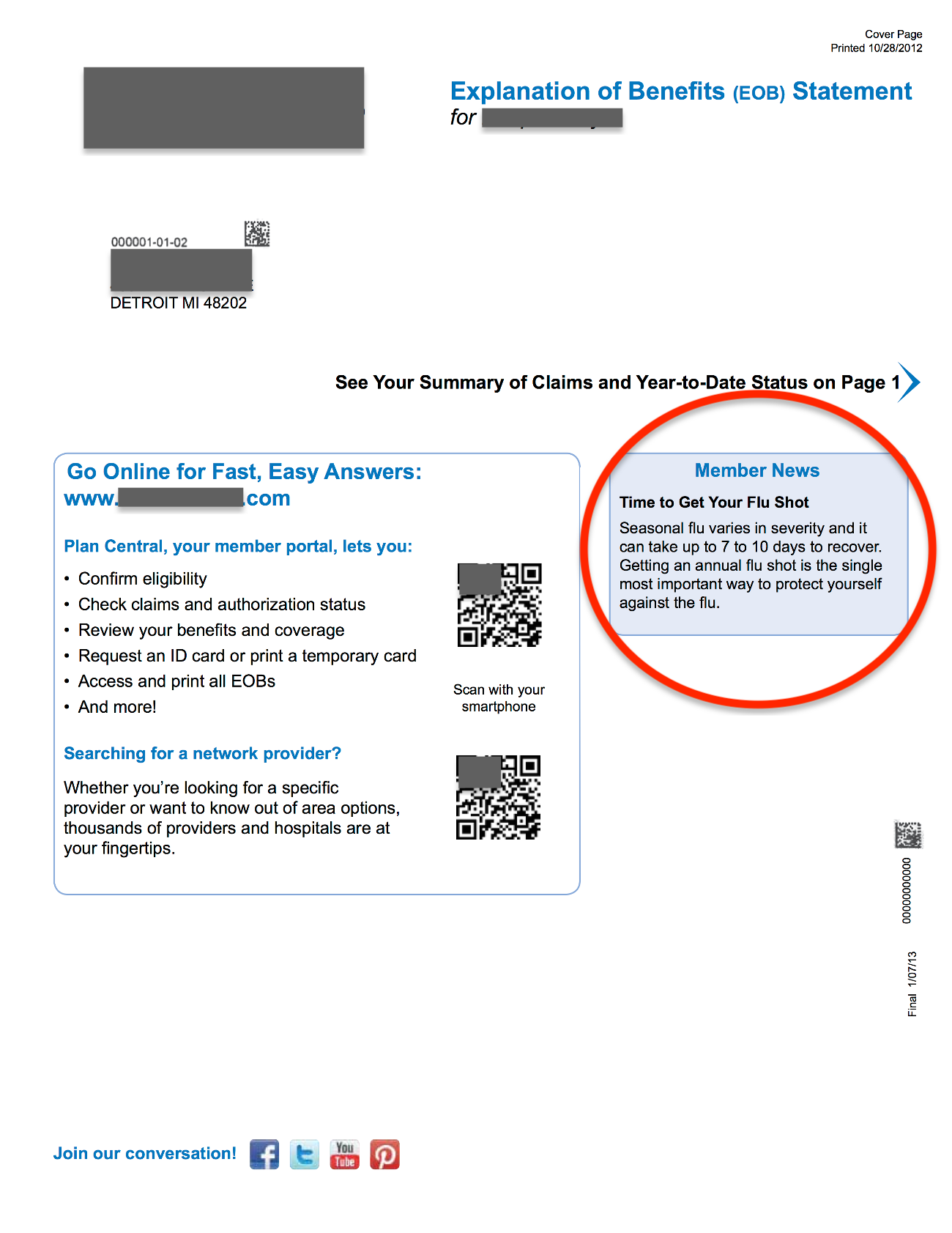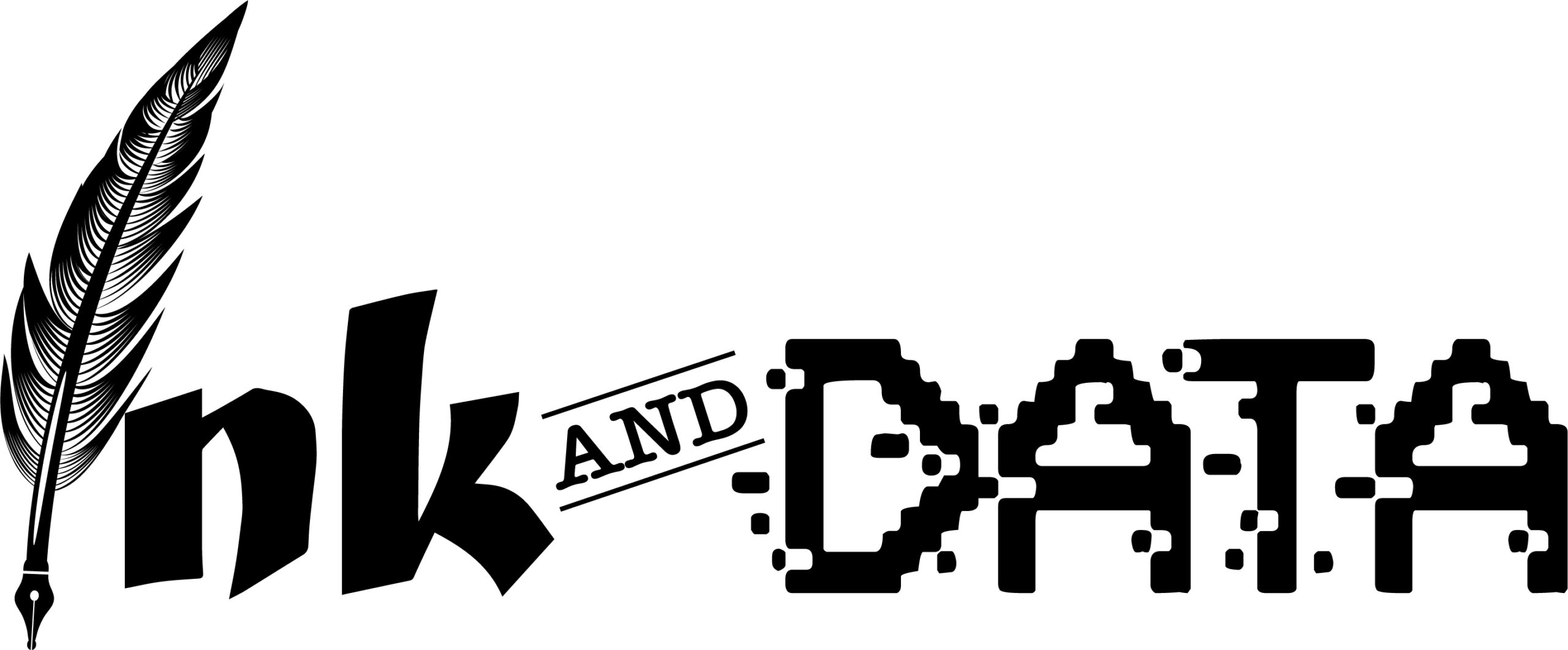For decades transactional and promotional printing existed in two separate worlds because of the workflows associated with each. I’ve written about transactional printing and how its origins in the mainframe environment created unique format and content restrictions. And I’ve written about promotional printing with its origins in offset printing which significantly limited the ability to add any variable data.
Given all the ways we receive communications today, it’s almost quaint to talk about a world where transactional and promotional printing were the two main workflows for communication, both involving printed statements or brochures for distribution or mailing.
The major turning point for promotional printing occurred in the early 1990s when digital print on demand devices were first launched. This created a lot more flexibility by adding variable content to promotional print on demand communications. By the late 1990s, this also opened the door for discussions on how to add elements of promotional communications into transactional healthcare communications.
The work in this space created a hybrid version of these communications called transpromotional communications. Essentially, you used the main healthcare related transactional communications – like explanation of benefits statements – and inserted promotional communications tailored to the individual recipient. This was a dramatic change and blurred the lines between these two workflows. You might even argue this represented the first transformational step of what we see today in multi-channel communications via print, email, web portals and mobile phones.
Dipping your toe in the water
If you recall, from my previous posts, the cost of promotional printings can end up being significant. They are also primarily campaign-based, meaning there is no regular schedule to their delivery. They’re scheduled as needed.
On the other hand, transactional communications are sent out regularly, especially in healthcare and financial industries. In healthcare, millions of explanation of benefit statements are sent out monthly. Smart marketing minds started to ask why there couldn’t be some effort to add promotional or marketing messaging in these transactional documents already being sent to members and patients on a regular basis. After all, these communications already had a high open rate and many statements had a fair amount of open page space where messaging could be inserted.
Blurring the workflow barriers
Keep in mind production printers for transactional communications already had digital front-ends with the ability to process large amounts of variable data. Additionally, the production level, print on demand printers for promotional printing also had more powerful digital front-ends. The issue is the data streams were significantly different. At that time, transactional print communications relied primarily on mainframe-based data streams, whereas promotional communications relied on publishing data streams like postscript, PDF or other proprietary formats.
Savvy print vendors worked diligently to create digital front-ends with the ability to manage both types of data. Software vendors also created applications for data composition that not only managed transactional print data, but also incorporated the ability to insert promotional messaging on the page. The combination of these new, powerful digital front-ends (and advanced composition capabilities) opened the door for combining the best of both into transactional communications.
Baby Steps
Don’t fool yourself and think these first efforts yielded the types of blended communications you see today. These were baby steps. You could insert a few lines of marketing messaging in the same spot, on the cover page of an explanation of benefits. Look at the red circle in the following example:

And the messaging was limited to a few different selections of text. Some of this had to do with the still limited, overall power of the digital front-ends. But a lot more was due to the amount of data stored on each individual patient or member being far more limited than what we see today. Beyond the claims data, there wasn’t much more than age, address and other relevant personal information relating to insurance payments. Additionally, there was no easy way to gather preferences or other data to create highly personalized messaging.
As a result, the messaging tended to focus on general reminders (flu shots), age related events (retirement), or changes in family situation (the birth of a child). Yes, this looks basic today but at the time it was truly revolutionary. And the payers that implemented it were leading edge – because the culture surrounding transactional communications (like explanation of benefits) was truly conservative. The data and composition programming for transactional communications were incredibly time consuming to change and test. Additionally, not one of these organizations had any interest in any sort of data errors. To take that leap of faith and start inserting personalized marketing messaging in payer transactional communications, was a huge step for many of these organizations.
The first multichannel communications
In some ways, you could argue these were the first attempts at multi-channel communications. They inserted elements of promotional printing communications into transactional ones. As more households purchased desktop computers and connected to the Internet, you also could argue success in this space provided confidence for payers to examine how to incorporate newly emerging website portals and email-based communications.
The future
Looking back, it almost seems laughable what a baby step this was, given the advances in technology. But the cultural hurdles were huge. You had to get the marketing department and the operations department (who owned the transactional printing) to talk to each other. For many payers that was a cultural bridge too far even in the late 1990s. But for those who did have vision, they could clearly see this baby step was a safe way to test a future where personalizing these communications was not only the first step, but a necessary step to take advantage of emerging web-based communications. Flash-forward another five to ten years and many of these same steps were repeated with mobile phones. I’ll talk about that in a future post.


No Comments